Home>Furniture & Design>Interior Design Trends>How Long To Bake A Cake In A 9X13 Glass Pan
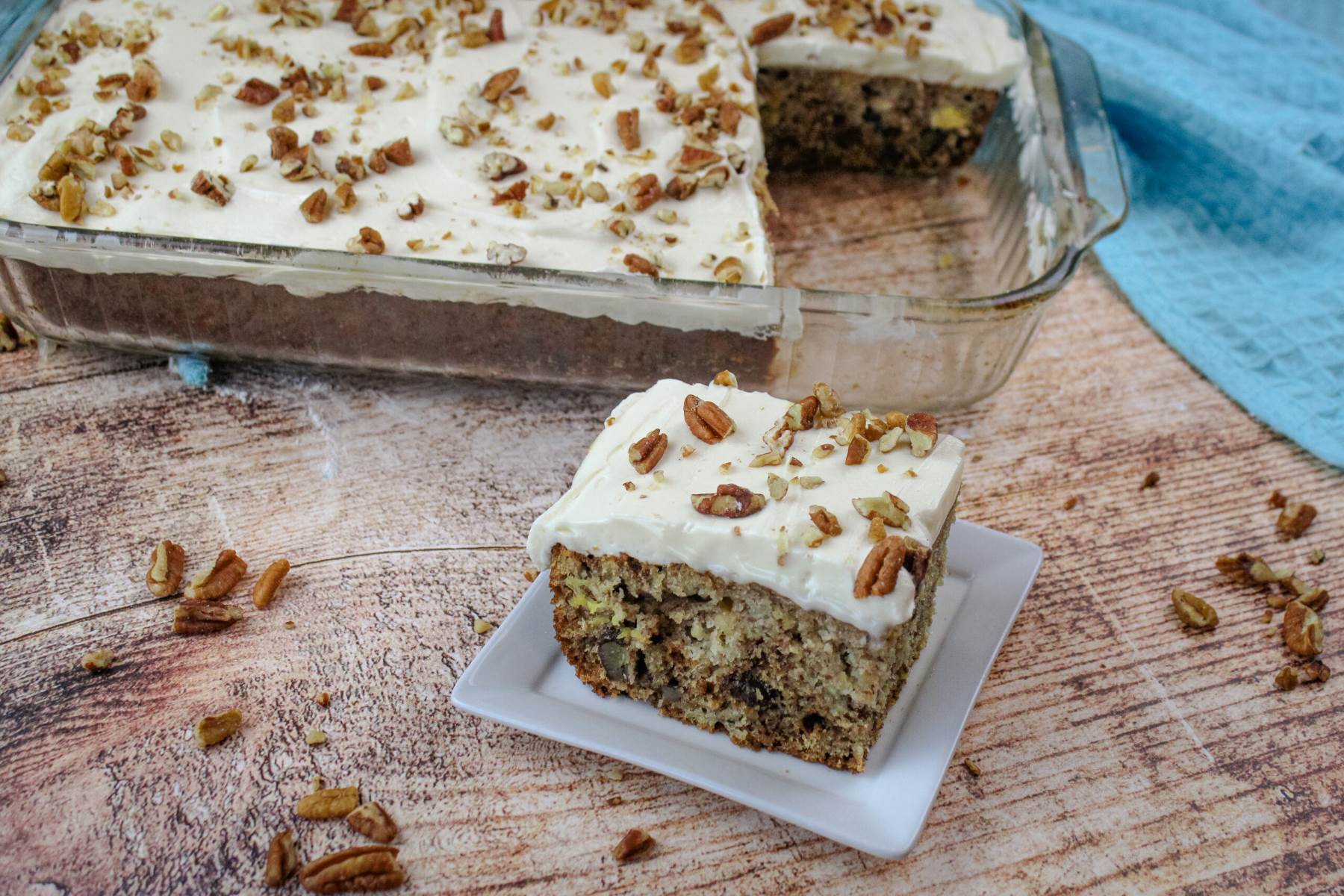

Interior Design Trends
How Long To Bake A Cake In A 9X13 Glass Pan
Modified: March 19, 2024
Discover the latest interior design trends and get inspired to transform your space. Find out how long to bake a cake in a 9x13 glass pan for perfect results. Unlock the secrets to baking success!
(Many of the links in this article redirect to a specific reviewed product. Your purchase of these products through affiliate links helps to generate commission for Storables.com, at no extra cost. Learn more)
Introduction
Baking a cake in a 9×13 glass pan can be a delightful and rewarding experience. Whether you're a seasoned baker or a novice in the kitchen, the process of creating a delectable cake in this versatile pan offers a canvas for creativity and indulgence. The 9×13 glass pan, with its ample size and even heat distribution, is a popular choice for baking a variety of cakes, from classic sheet cakes to layered confections.
When embarking on the journey of baking a cake in a 9×13 glass pan, it's essential to understand the nuances of this particular baking method. Factors such as baking time, temperature, and the type of batter used can significantly impact the outcome of your cake. By delving into these considerations and mastering the art of baking in a 9×13 glass pan, you can elevate your culinary prowess and create delectable treats that will delight your taste buds and those of your loved ones.
As we delve into the intricacies of baking a cake in a 9×13 glass pan, we will explore the optimal baking time and temperature, methods for testing for doneness, and invaluable tips to ensure that your cake emerges from the oven as a masterpiece of moistness and flavor. Whether you're preparing a celebratory dessert for a special occasion or simply craving a sweet indulgence, the insights shared in this article will empower you to embark on your baking journey with confidence and finesse.
Key Takeaways:
- Baking a cake in a 9×13 glass pan requires adjusting baking time and temperature based on batter type, pan preparation, and oven calibration for a moist and evenly baked result.
- Testing for doneness is crucial when baking in a 9×13 glass pan, relying on visual and tactile cues such as toothpick cleanliness, edge separation, and top responsiveness to achieve the perfect cake texture.
Factors to Consider
When preparing to bake a cake in a 9×13 glass pan, several crucial factors come into play, each of which can significantly influence the outcome of your culinary creation. Understanding and carefully considering these elements is essential for achieving a perfectly baked cake that is moist, evenly cooked, and bursting with flavor.
1. Type of Batter
The type of batter you use for your cake is a fundamental consideration when baking in a 9×13 glass pan. Whether you opt for a dense, rich chocolate batter or a light, airy sponge cake mixture, the consistency and composition of the batter will impact the baking time and temperature required. Dense batters may necessitate a longer baking time at a lower temperature to ensure thorough cooking without burning the edges, while lighter batters may require a higher temperature for a shorter duration.
2. Pan Preparation
Properly preparing the 9×13 glass pan before pouring in the batter is crucial for a successful baking endeavor. Greasing the pan with butter or non-stick cooking spray and dusting it with flour or cocoa powder helps prevent the cake from sticking to the pan, facilitating easy removal and preserving the cake's integrity. Additionally, lining the bottom of the pan with parchment paper can further safeguard against sticking and ensure a seamless release.
3. Oven Calibration
The accuracy of your oven's temperature is a critical factor in achieving the perfect bake. Ovens can vary in their temperature accuracy, and an improperly calibrated oven can lead to undercooked or overcooked cakes. Using an oven thermometer to verify the actual temperature inside the oven can help you make necessary adjustments to the baking temperature, ensuring that your cake bakes evenly and thoroughly.
4. Recipe Adjustments
Adapting your cake recipe to suit the dimensions and material of the 9×13 glass pan is essential for achieving optimal results. Adjusting the quantities of ingredients, such as leavening agents and flavorings, to accommodate the larger surface area of the pan can help maintain the desired texture and taste of the cake. Additionally, considering the potential impact of the glass pan's heat retention properties on the baking time is crucial for preventing under or overbaking.
By carefully considering these factors and making informed decisions at each stage of the baking process, you can set the stage for a successful and delightful cake-baking experience in a 9×13 glass pan. Each element plays a vital role in ensuring that your cake emerges from the oven as a delectable masterpiece, ready to be enjoyed and savored by all who partake in its sweet splendor.
Baking Time and Temperature
The baking time and temperature are pivotal aspects of achieving a perfectly baked cake in a 9×13 glass pan. Understanding how these factors interact and influence the baking process is essential for ensuring that your cake emerges from the oven with a moist, tender crumb and a beautifully golden exterior.
Determining the Ideal Baking Time
The baking time for a cake in a 9×13 glass pan can vary based on several factors, including the type of batter, the specific recipe, and the characteristics of your oven. As a general guideline, most cakes baked in a 9×13 glass pan require approximately 30 to 35 minutes in a preheated oven set to 350°F (175°C). However, it's crucial to monitor the cake closely as it nears the end of the suggested baking time to prevent overcooking.
Understanding the Impact of Temperature
The baking temperature plays a significant role in the overall outcome of your cake. The 9×13 glass pan conducts heat differently than metal pans, and as such, adjustments to the baking temperature may be necessary. Glass pans tend to retain heat, which can result in the edges of the cake cooking faster than the center. To counteract this, some bakers opt to reduce the oven temperature by 25°F (approximately 15°C) when using a glass pan, allowing for more even heat distribution and minimizing the risk of overbaking the edges.
Read more: How Long To Bake Cake In Toaster Oven
Adapting to Different Cake Types
Different types of cakes may require slight variations in baking time and temperature. For example, a dense and rich chocolate cake might benefit from a slightly lower temperature and longer baking time to ensure that the center cooks through without the edges becoming overly browned. Conversely, a delicate sponge cake might fare better with a slightly higher temperature for a shorter duration, promoting a light and airy texture while preventing excessive browning.
Testing for Doneness
Regardless of the suggested baking time, it's crucial to rely on visual and tactile cues to determine when your cake is fully baked. Inserting a toothpick or cake tester into the center of the cake and ensuring it comes out clean, with perhaps a few moist crumbs attached, is a reliable indicator of doneness. Additionally, the edges of the cake should begin to pull away from the sides of the pan, and the top should spring back lightly when touched.
Mastering the art of determining the ideal baking time and temperature for a cake in a 9×13 glass pan is a rewarding endeavor that can elevate your baking skills and yield delectable results. By understanding the nuances of these crucial elements and making thoughtful adjustments based on the specific characteristics of your cake and pan, you can embark on your baking journey with confidence and finesse.
Testing for Doneness
Testing for doneness is a critical step in the cake-baking process, ensuring that your creation emerges from the oven with the perfect texture, flavor, and appearance. While adhering to suggested baking times and temperatures is essential, relying on visual and tactile cues to assess the cake's readiness is equally important.
When the suggested baking time nears its end, it's time to employ various methods to determine if your cake is fully baked. One of the most reliable techniques is to insert a toothpick or cake tester into the center of the cake. Upon removal, the toothpick should emerge clean, with perhaps a few moist crumbs clinging to it. This indicates that the cake's interior has reached the desired level of doneness, with any residual moisture being minimal and inconsequential.
In addition to the toothpick test, observing the edges of the cake is crucial. As the cake nears completion, the edges should begin to pull away from the sides of the pan, a visual cue that signifies the cake's readiness. This natural separation indicates that the cake has achieved the ideal balance of moisture and firmness, ensuring a delectable texture throughout.
Another indicator of a well-baked cake is the top's responsiveness to touch. When gently pressed with a fingertip, the cake's surface should spring back lightly, demonstrating resilience without leaving an indentation. This tactile assessment provides valuable insight into the cake's internal structure, confirming that it has reached the optimal level of doneness.
It's important to note that these testing methods may vary slightly depending on the type of cake being baked. For example, a dense and fudgy chocolate cake may exhibit a few moist crumbs on the toothpick, while a delicate sponge cake might require a completely clean toothpick to indicate doneness. Understanding the unique characteristics of your specific cake recipe and adjusting your testing approach accordingly is key to achieving consistently perfect results.
Mastering the art of testing for doneness is a skill that evolves with experience and attentive observation. By honing your ability to interpret visual and tactile cues, you can confidently navigate the final stages of the baking process, ensuring that your cake emerges from the oven as a delectable masterpiece, ready to be enjoyed and savored by all who partake in its sweet splendor.
Tips for Baking in a 9×13 Glass Pan
Baking a cake in a 9×13 glass pan presents a unique set of considerations that can significantly impact the outcome of your culinary creation. To ensure that your cake emerges from the oven as a moist, tender, and visually appealing delight, it's essential to implement a range of valuable tips tailored to the characteristics of glass bakeware.
-
Even Batter Distribution: When pouring the cake batter into the 9×13 glass pan, ensure an even distribution to promote uniform baking. Spreading the batter gently and evenly across the pan's surface helps maintain consistent thickness, resulting in a cake that bakes uniformly without uneven peaks or valleys.
-
Temperature Adjustment: Consider reducing the oven temperature by 25°F (approximately 15°C) when using a glass pan. This adjustment helps mitigate the risk of the cake's edges overbaking due to the glass's heat retention properties, promoting a more balanced and thoroughly baked result.
-
Monitoring the Baking Process: Keep a close eye on the cake as it nears the end of the suggested baking time. The visual cues of the cake pulling away from the pan's edges and the lightly springy texture of the top are reliable indicators of doneness, guiding you to remove the cake from the oven at the perfect moment.
-
Proper Cooling: Once the cake is baked, allow it to cool in the glass pan on a wire rack for the recommended duration specified in your recipe. This gradual cooling process helps the cake set and stabilize, preventing it from becoming overly dense or collapsing due to rapid temperature changes.
-
Storage and Serving: When storing the baked cake in the glass pan, ensure it is completely cooled to room temperature before covering it with a secure lid or plastic wrap. For serving, the transparent nature of the glass pan offers a visually appealing presentation, allowing the cake's texture and layers to be showcased before indulgence.
By incorporating these tips into your cake-baking endeavors, you can harness the unique qualities of a 9×13 glass pan to achieve exceptional results. Embracing the nuances of glass bakeware and making thoughtful adjustments throughout the baking process empowers you to create cakes that are not only visually stunning but also irresistibly delicious, inviting everyone to savor the fruits of your baking expertise.
Read more: How To Store Cake Pans
Conclusion
In conclusion, the art of baking a cake in a 9×13 glass pan is a delightful fusion of science, creativity, and culinary finesse. Throughout this exploration, we have delved into the essential factors to consider when embarking on this baking journey, from the type of batter used to the nuances of oven calibration and recipe adjustments. By understanding and carefully considering these elements, you can lay the foundation for a successful and rewarding baking experience.
The interplay of baking time and temperature has emerged as a pivotal aspect of achieving a perfectly baked cake in a 9×13 glass pan. Understanding the impact of these factors, adapting to different cake types, and mastering the art of testing for doneness are essential skills that elevate the baking process from a mere task to a gratifying endeavor.
Moreover, the invaluable tips tailored to the unique characteristics of glass bakeware serve as guiding principles, empowering you to harness the full potential of the 9×13 glass pan and create cakes that are not only visually stunning but also irresistibly delicious.
As you embark on your cake-baking adventures in a 9×13 glass pan, may the insights shared in this article serve as a source of inspiration and guidance, propelling you toward culinary excellence and the joy of creating delectable treats that captivate the senses and bring people together in celebration.
With each cake that emerges from your oven, may the aroma of freshly baked goodness and the sight of a perfectly crafted confection bring a sense of fulfillment and pride, knowing that you have mastered the art of baking in a 9×13 glass pan, and have created a masterpiece to be savored and shared with those you hold dear.
In the realm of culinary pursuits, the act of baking a cake is not merely a task; it is a form of self-expression, a gesture of love and creativity that transcends the confines of the kitchen. As you savor the fruits of your labor and witness the joy your creations bring, may you find fulfillment in the art of baking and the endless possibilities it presents.
So, with a 9×13 glass pan in hand and a heart full of passion, may your baking endeavors continue to inspire, delight, and nourish both body and soul, creating moments of pure indulgence and cherished memories that endure through the simple pleasure of a perfectly baked cake.
Frequently Asked Questions about How Long To Bake A Cake In A 9X13 Glass Pan
Was this page helpful?
At Storables.com, we guarantee accurate and reliable information. Our content, validated by Expert Board Contributors, is crafted following stringent Editorial Policies. We're committed to providing you with well-researched, expert-backed insights for all your informational needs.
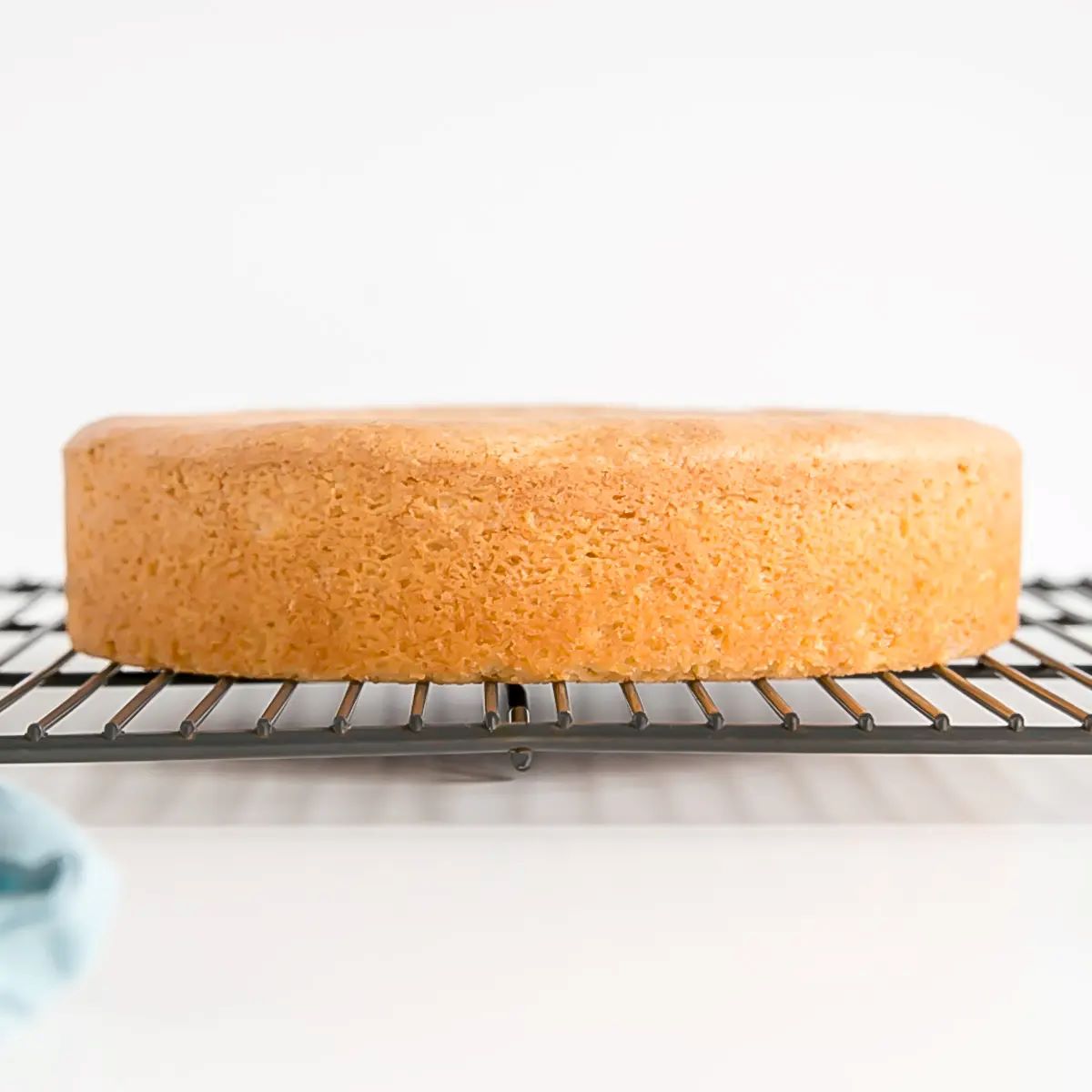
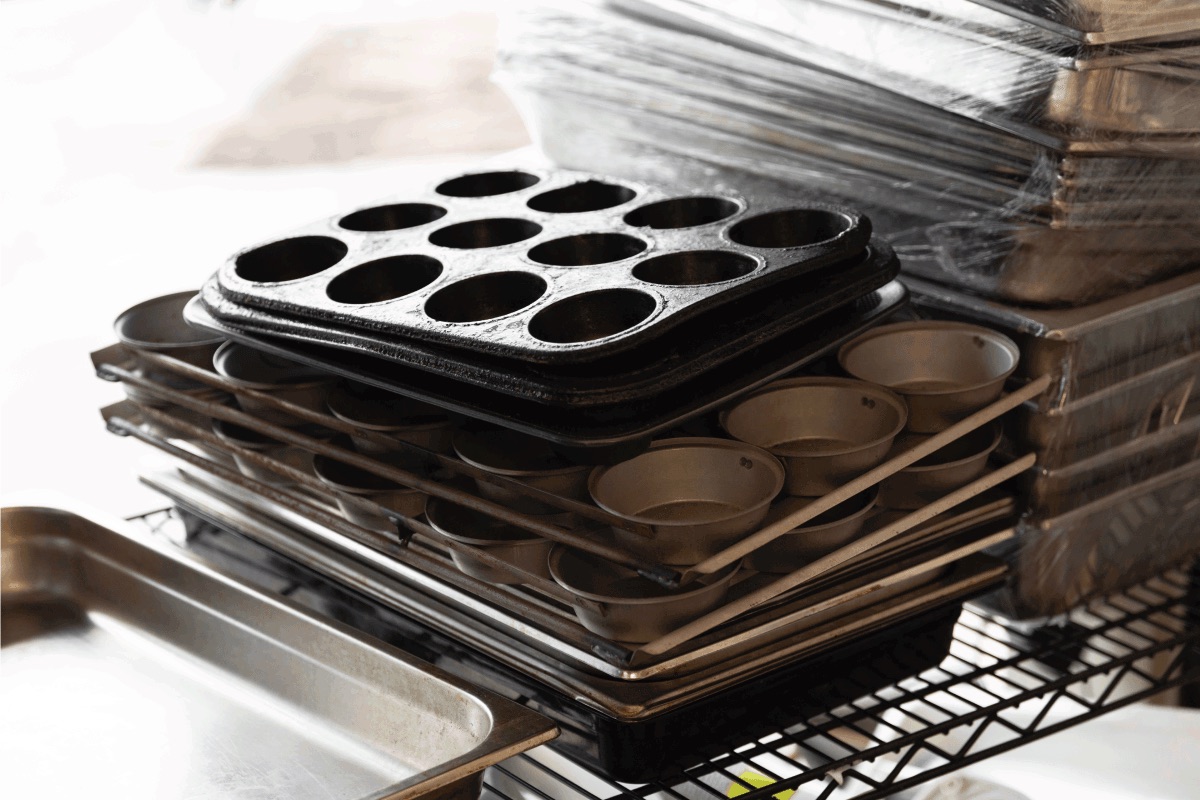
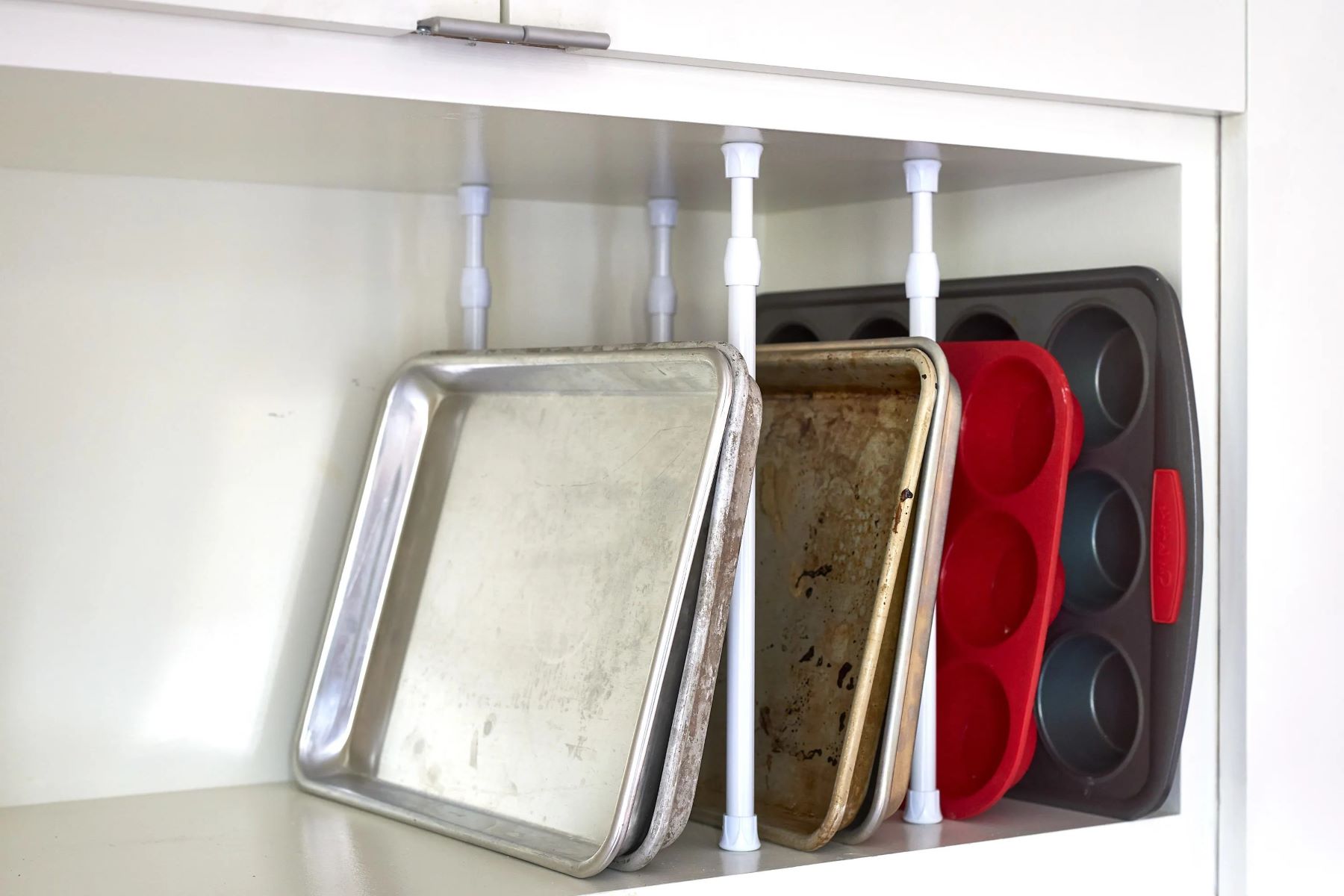
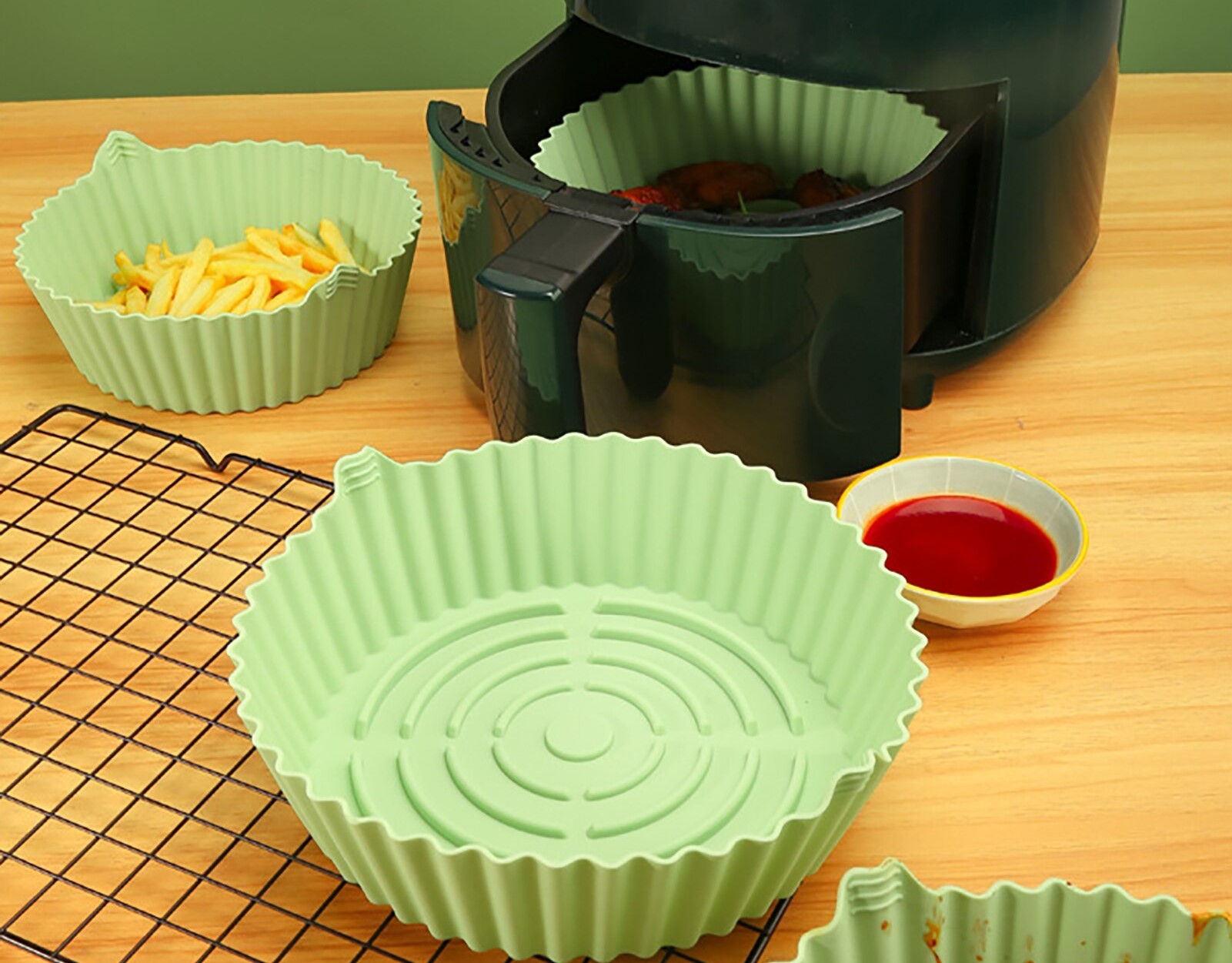
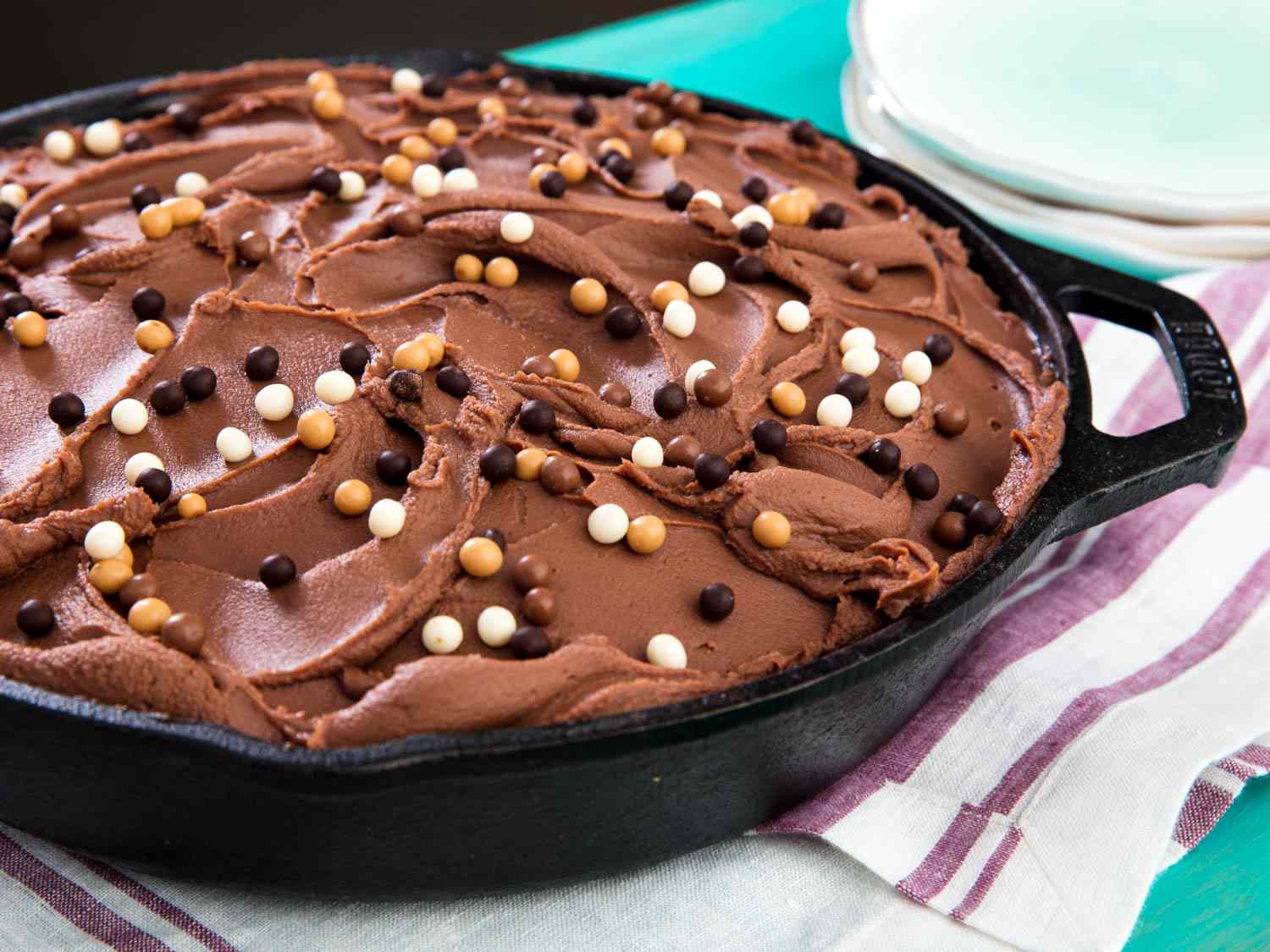
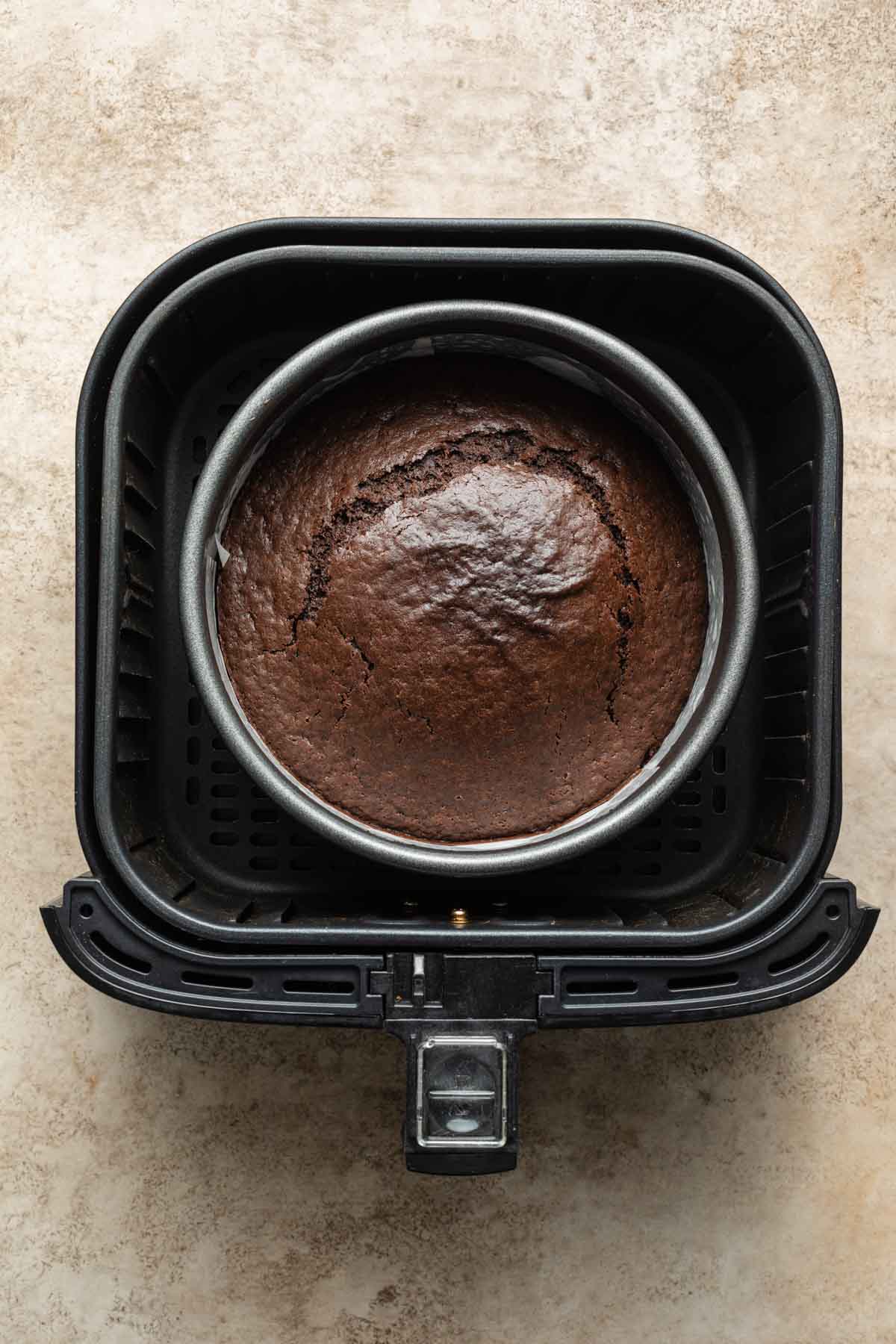
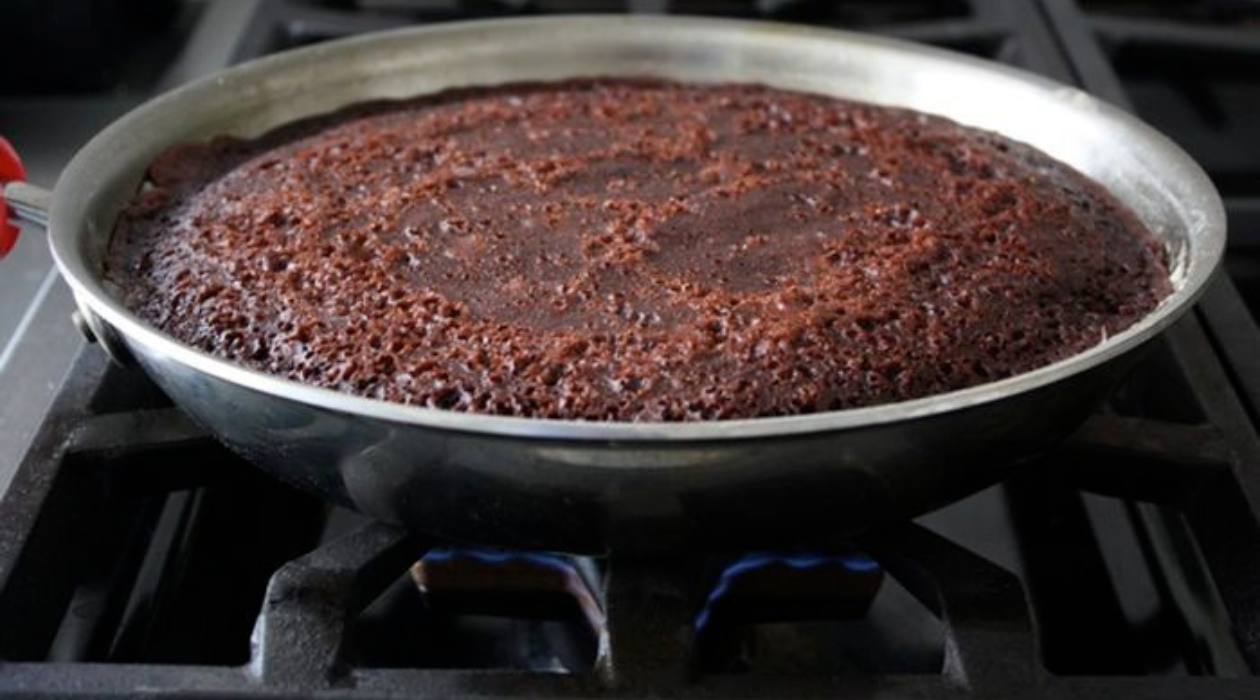
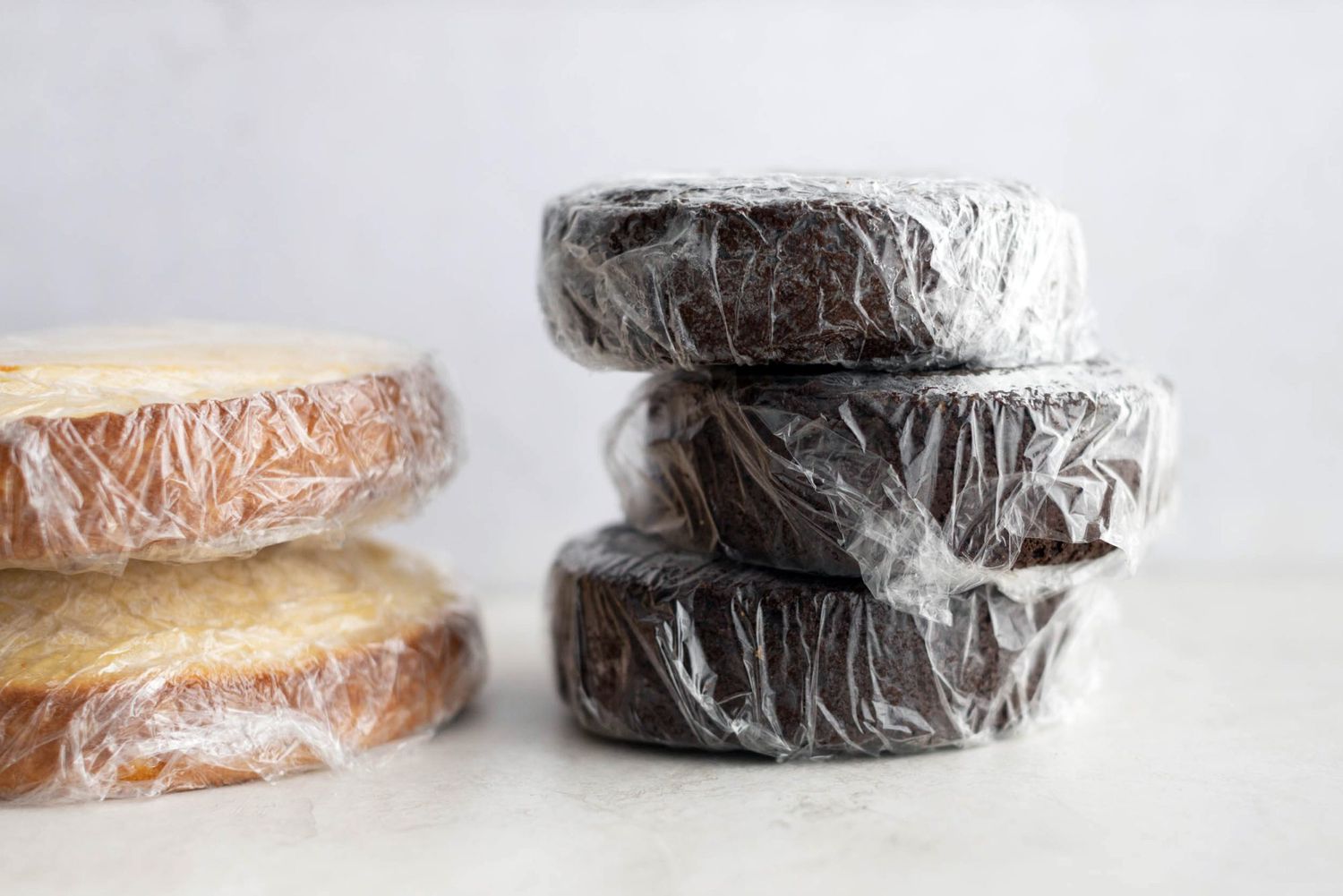
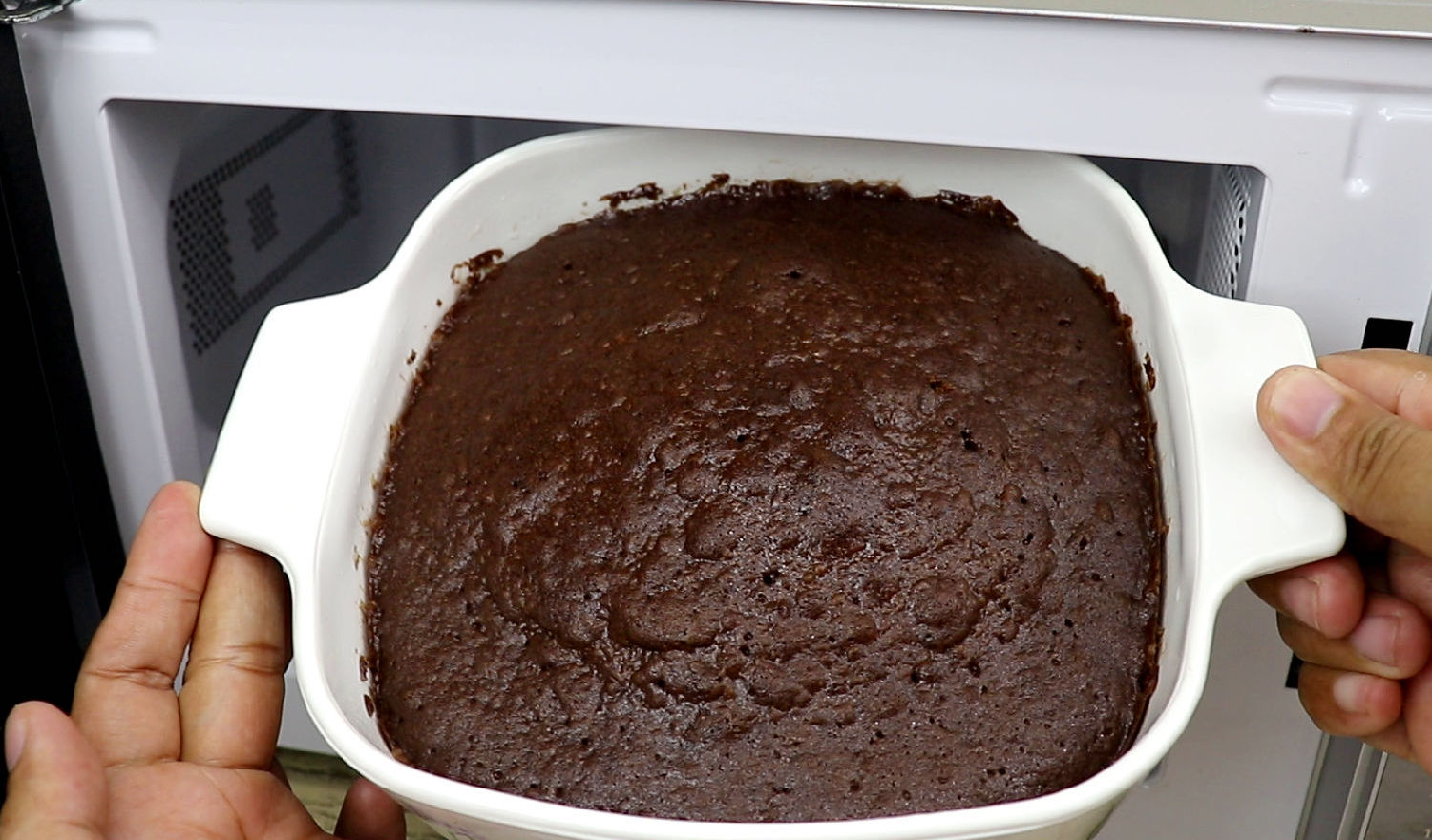
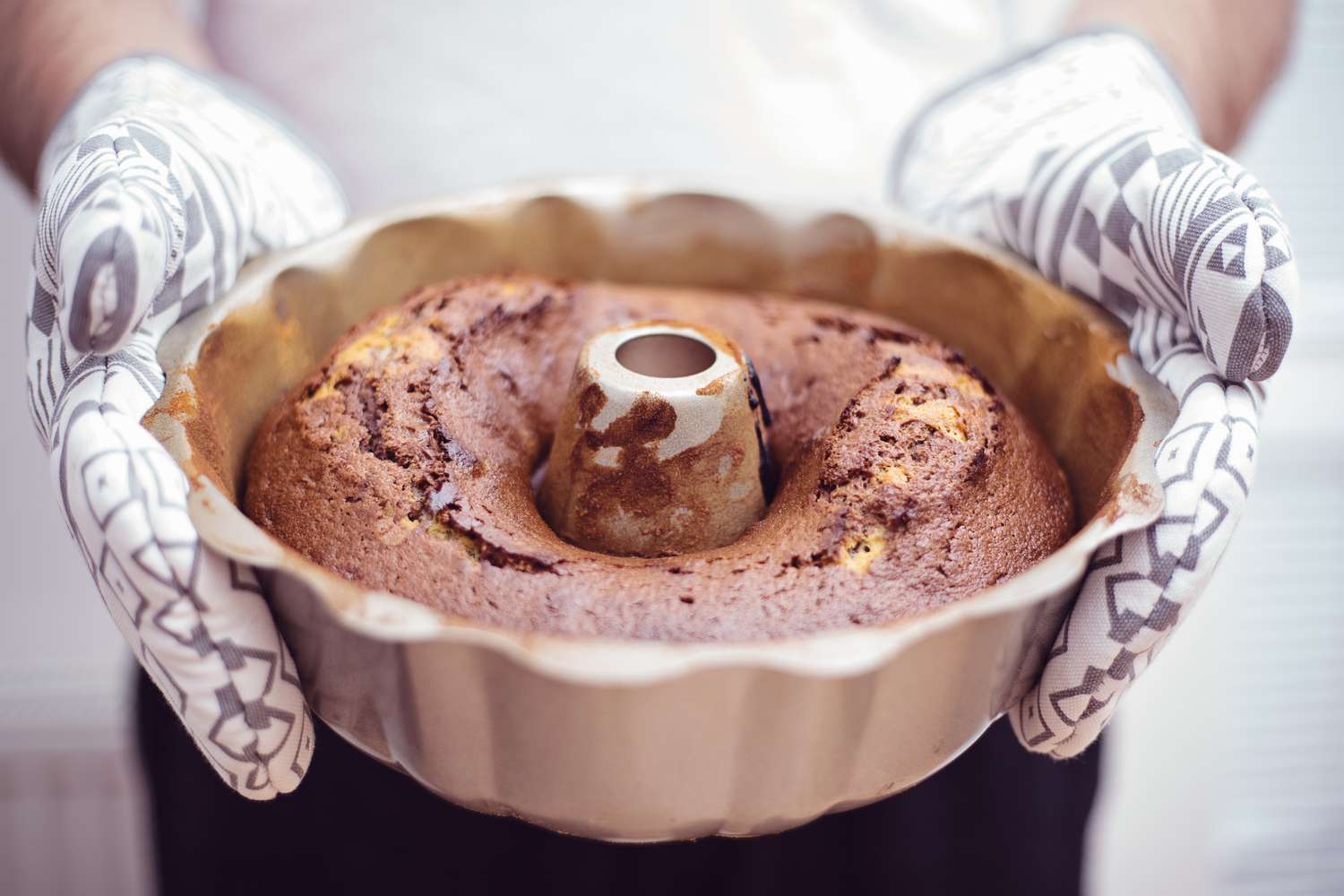
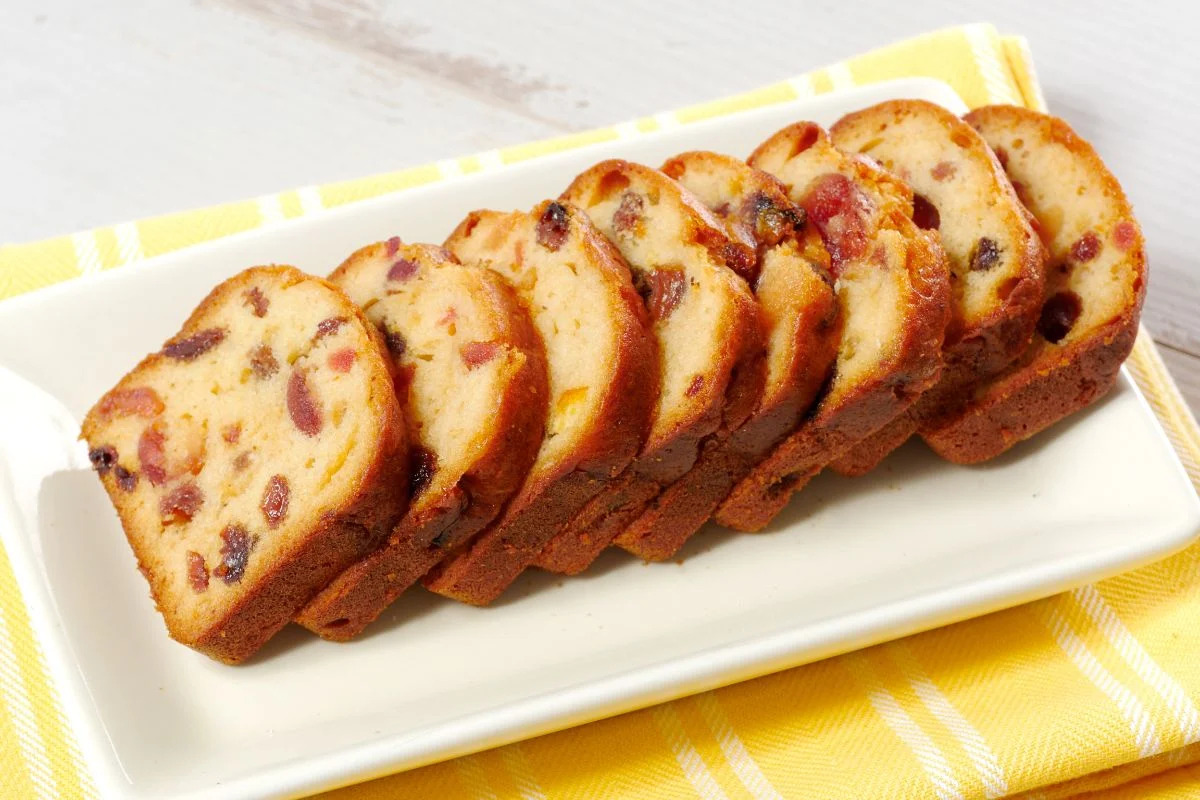
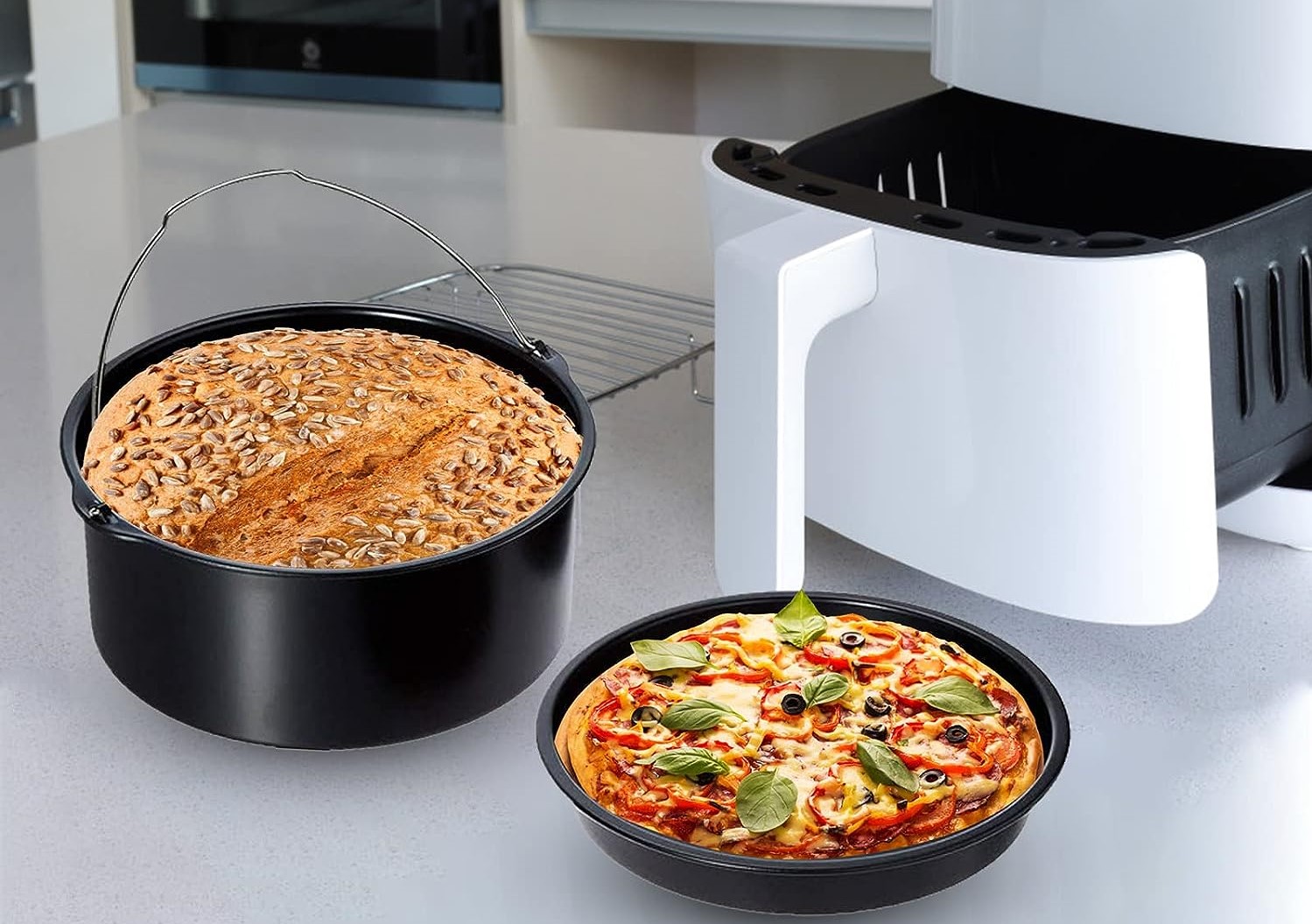

0 thoughts on “How Long To Bake A Cake In A 9X13 Glass Pan”